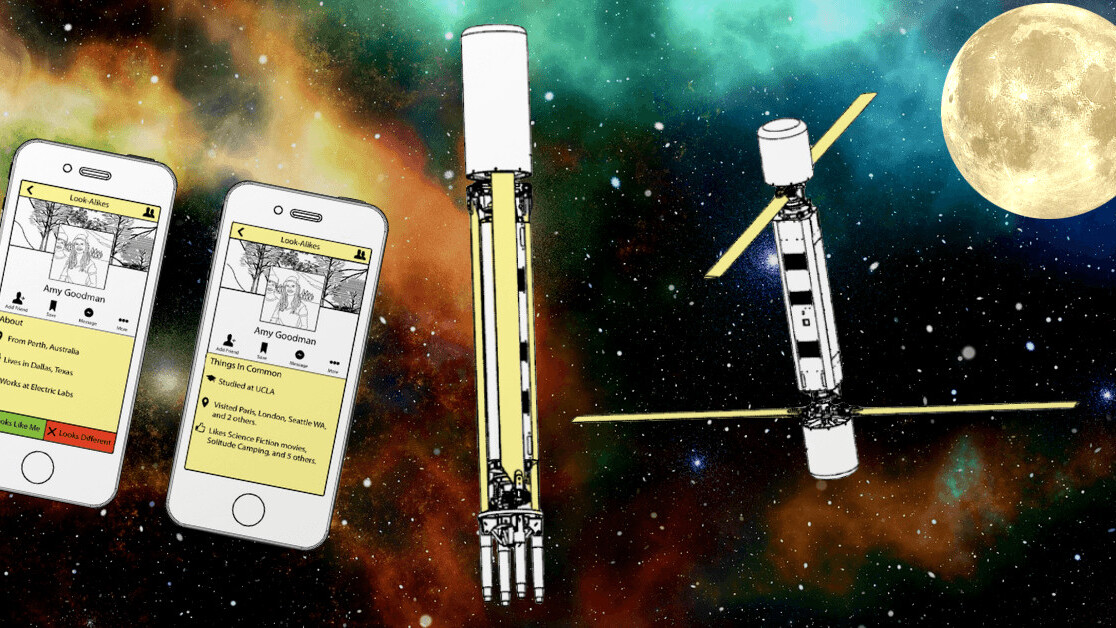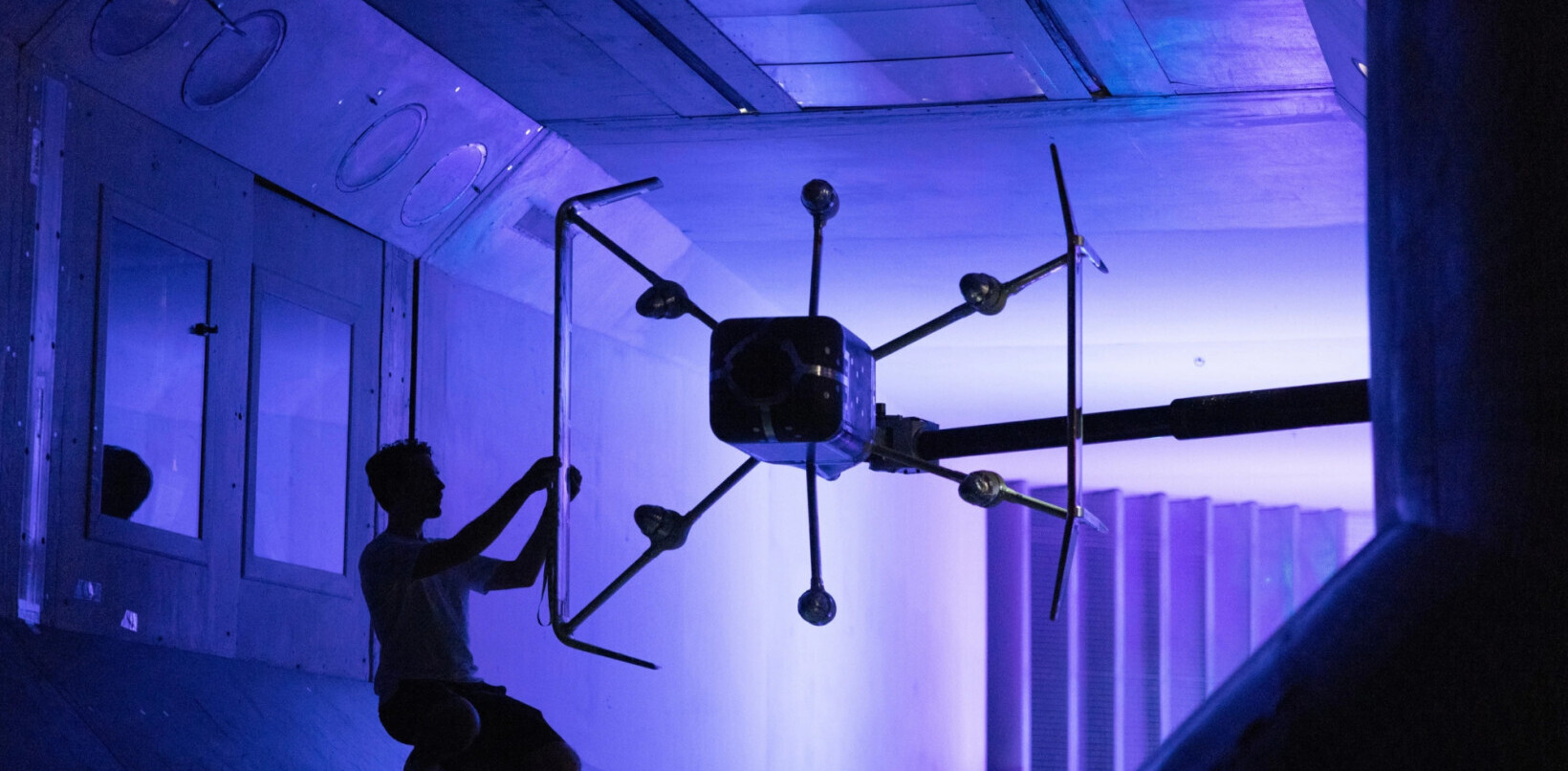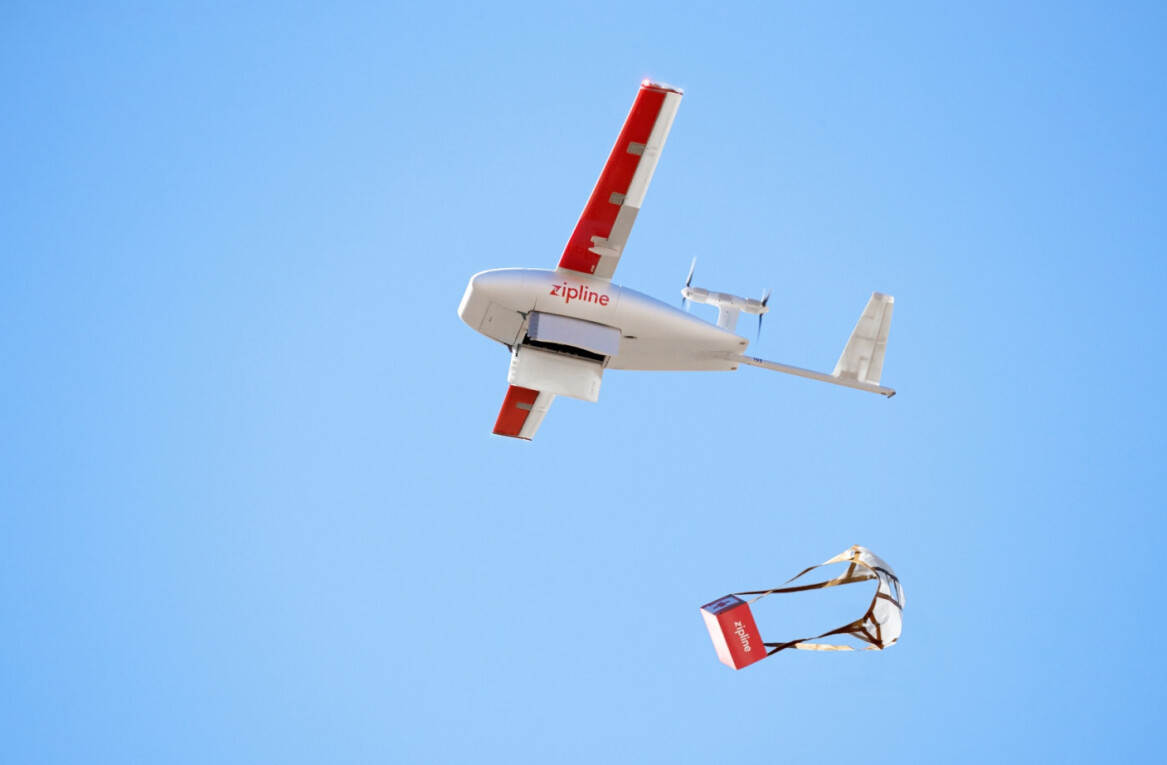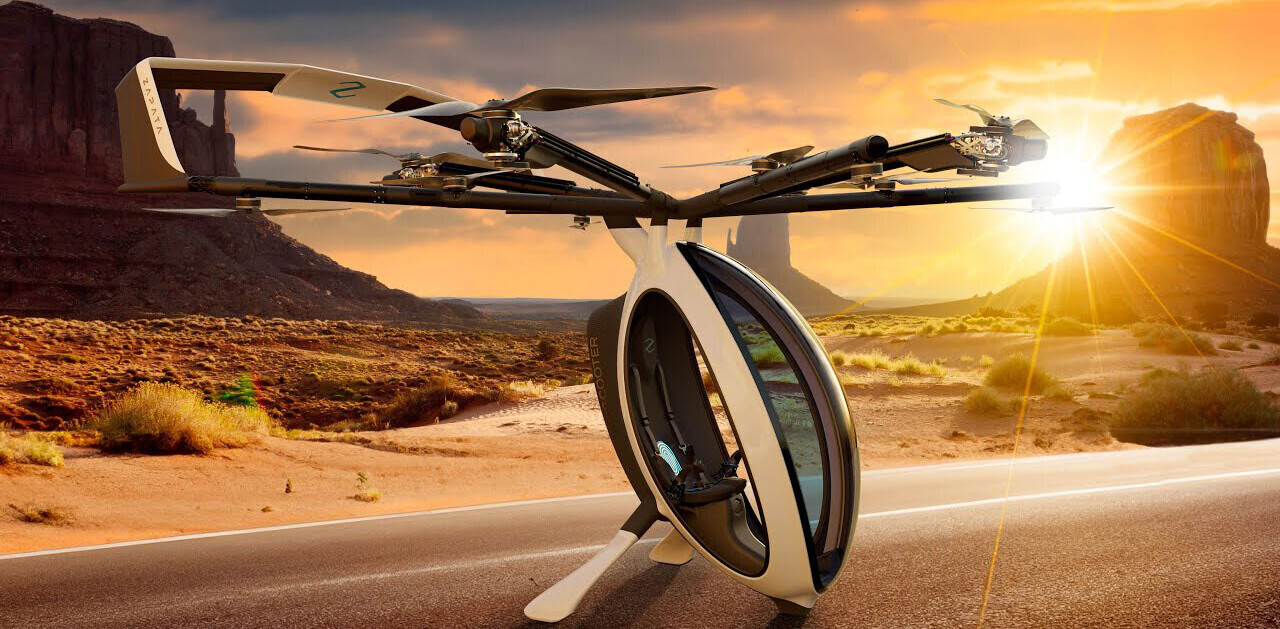
Ugh, the Gregorian calendar is so boring. That’s why we’re disrupting monthly series with a lunar cycle-based series about the best patents of the last synodic month, picked by the PatentYogi team. Get ready when that moon gets gibbous, y’all. This October-ish roundup lands on the beautiful Hunter’s Moon!
Since my last post, the US patent office issued over 21,220 patents and published over 23,486 patent applications. Each patent asset adds a little something new to the human knowledge base. As I cannot list all these patent assets here, the PatentYogi team has selected the five most interesting patent assets. Enjoy!
Patent #1 — Facebook wants you to make friends with your doppelgangers (20180285646)

The technology includes analyzing facial features of users’ images, including distinct regions, characteristic of faces, etc. Then, a similarity or likeness is found between facial features of two or more users either in mathematical, or observational terms. Finally, each user is presented with a list of look-alike users and they may connect with each other.
The patent application mentions that individuals have a natural affinity for people who look like them. According to one explanation for this phenomenon, when you view another individual that has the similar attributes as you, you see a reflection of yourself, which triggers an instinctual connection, even with complete strangers.
Even though the implementation of this technology has no foreseeable world-changing outcomes, it may still be fun. Who knows, maybe you have some famous doppelgangers out there.
Patent #2 — IBM will assist people who are scared of riding self-driving cars (20180290663)

A trip in an SDV may be uncomfortable for some users if the vehicle performs a few unexpected maneuvers, such as taking unexpected turns or braking when passengers least expect it. To fix that, IBM has come up with a technology to automatically inform SDV passengers of all the upcoming maneuvers that it may make and provide an explanation along with it.
Let’s say you’re riding in your brand-new SDV and it’s going down a scary looking road that you aren’t familiar with. Suddenly, the SDV slows down in what appears to be an open roadway. This would certainly be scary for you. At this point, the SDV will present an auditory message over the speaker of the SDV — “We’re slowing down since this stretch of roadway has a history of accidents.”
This announcement may not only calm you down but may also encourage you to develop more trust in your SDV as your SDV has access to important information (like history of accidents along a roadway) that you may not have — and it makes the appropriate adjustments.
In another instance, if the SDV traveling at 70 miles per hour on a rainy, unlit back road at night, then you may have a stressful ride. In order to assure you, the SDV will present an auditory message – “This SDV is equipped with state of the art sensors in order to safely handle these rainy and dark conditions.”
I, for one, am really nervous in cars when I’m not the one driving, so I think this technology will really help people trust SDVs.
Patent #3 — Amazon has developed “noiseless” drones (20180286372)

Now, Amazon has come up with a drone technology that will significantly reduce the noise produced by the drones using machine learning. According to the patent application, Amazon’s drones are equipped with sensors and processing devices that are designed to sense noise signals from a region surrounding the drone and produces an anti-noise signal to reduce the net effect of such noises.
The anti-noise signals have the same magnitude and frequency as that of the noise signals sensed from the region surrounding the drone, but they are out-of-phase with the noise signals. This results in a destructive interference. Therefore, the net noise from the drone is significantly reduced.
The new less noisy drones will allow Amazon to serve their customers better — and their noise-sensitive neighbors.
Patent #4 — US Navy develops drones that can be launched via tubes (20180281939)

US Navy has developed a unique drone that can be stored and launched from a tube, simplifying storage and launching of drones. The patent application discloses design of an expendable rotary wing unmanned drone. The drone includes a longitudinally extending body with a pair of counter-rotating coaxial rotors each located at the two ends of the body. The figure below shows the drone in closed and open positions.
The drone can be launched directly from the tube vertically into flight within seconds on receiving a command. One launch method includes using a compressed gas to push the drone out of the tube to sufficient altitude such that the rotors can spin up to speed and the drone can start flying in mid-air. Further, these drones may be launched from land, sea, and air platforms.
Patent #5 — Facebook launches a 3D 360 panoramic camera (20180302614)

PatentYogi team discovered 7 patent applications filed by Facebook related to the various aspects of the Manifold camera. The fact that Facebook has filed multiple patent applications, and that the Manifold has been created with collaboration with RED, perhaps the best digital photography company in the world, indicates that Facebook is betting big on the 360 camera and the 360 videos.
The patent applications disclose that the Manifold camera includes multiple camera lenses (and sensors) in different positions and orientations. The multiple lenses are set in a way to capture an entire 360-degree scene. Further, the image captured by each camera lens is analyzed and cropped to include a usable image section captured by the lens. For example, the edges of a captured image may be blurred and may be cropped out. Furthermore, overlapping sections of images captured by multiple lenses may be cropped to only include one instance of each section of a scene.
Look out for the latest lunar cycle-based patent update every full moon. Next up is Beaver Moon in late November. See you then!
Get the TNW newsletter
Get the most important tech news in your inbox each week.




